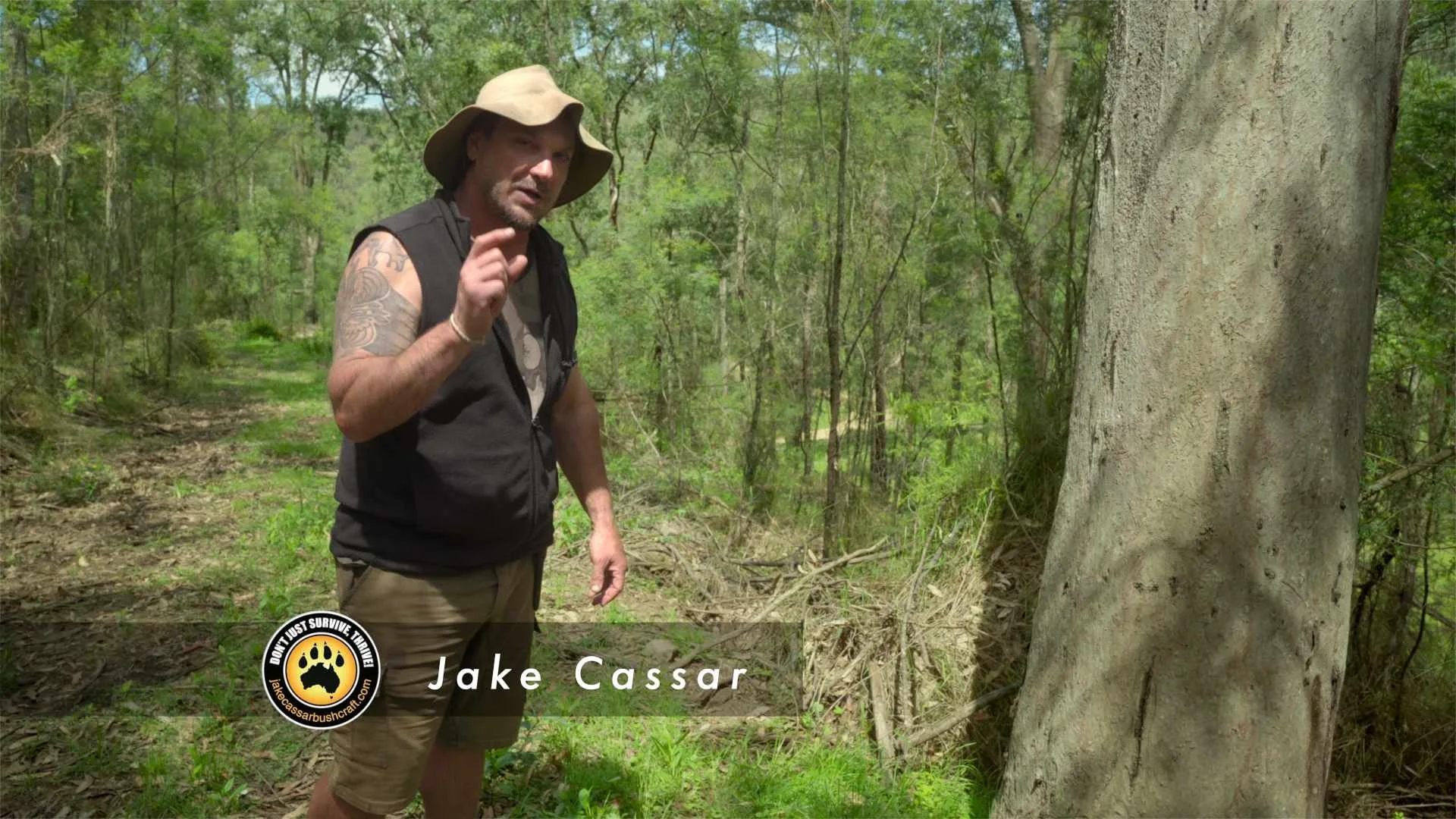
Koala Habitat
In search of an Aussie icon
There have been intermittent sightings and reports of grunting in the valley over the years. But there have been no definitive surveys of populations or communities.
In 2022 and again in 2023 Tate Animals brought their koala sniffer dogs to the valley in an effort to locate the allusive cuddly marsupials. And alas, despite extensive surveys, none were found. Steve Dallywater, one of the handlers reported pockets of excellent habitat, in particularly on the southern ridgeline above 553.
A third survey, this time using a drone mounted with a thermal camera, and audio equipment, was conducted by Jake Cassar’s team in September 2024. They found evidence at 576 in the form of scats and examined tree scratches that appeared to confirm a recent visit by at least one koala.
After the heavy rains in 2022, a very clear and distinct koala print was found in a sandy creek bed at 335, at the lower end of the valley. Jake Cassar’s team also found what they believe was a print is sand during their survey work at 553.
The consensus is that no koala colony or cling, currently exists in the Upper Yango Valley environs. The calls heard, generally in spring, are most likely younger males moving through the landscape in search of a mate.
Koala food trees have been included in the planting initiative in the hope they will provide additional support for the endangered marsupials in coming decades.
Photo: (c) Phil Jansen
Simone Popp and Dash, Tate Animal Training
Koalas, Possums and Goannas leave their marks.
Christian with shotgun microphone
Justin Ramanauskas from Dragon Recon with heat sensing drone.
Map of visual and audio locations, Upper Yango.
GPS Tracking of Dash’s patrol path.
Jake Cassar explains the scratches on a tree to identify koala activity








